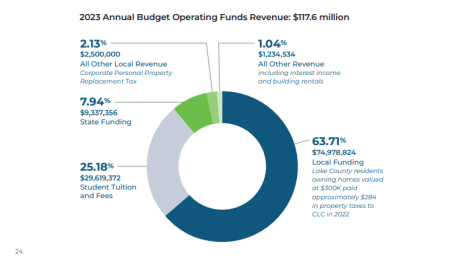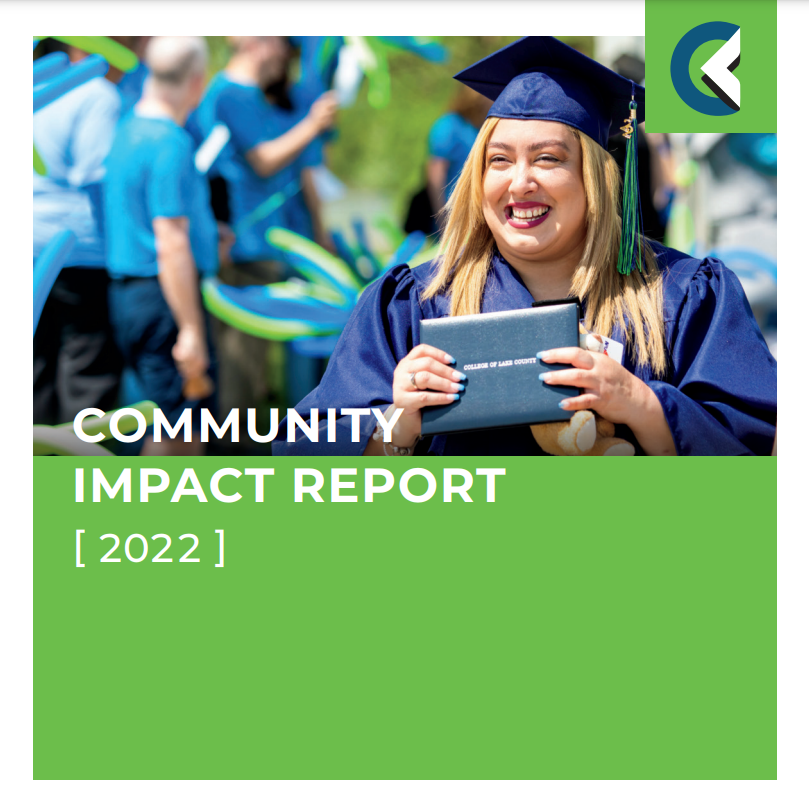Cutting Campus Employment Works Against Student Dreams
December 29, 2022
At its very core, an academic institution would only exist with its lifeblood of students. Students are chasing a dream, a goal, a life, and a degree that will make those things possible.
They also must pay tuition to chase that dream, put gas in their car to get to campus, pay rent, buy food, and especially at a community college, support children or family members. That means working while going to school.
The duty of a college is to support those students chasing that dream. Providing campus employment is a key part of the support a college can provide, and CLC did that, helping students earn money and engage in campus life beyond the classroom. Until now.
In the fall semester of 2022, CLC drastically slashed its student worker budget. I found myself working on a stipend. The writers of the Chronicle were completely unpaid, and many left, which I do not blame them for. I mention this partly as full disclosure because I’ve benefitted from student employment.
Though I knew the budget had been cut, I was curious to see why this decision was made or who took part in it. I decided to reach out to Chris Matheny, the student employment coordinator.
Instead of an interview, I got a written statement from Dr. Ali O’Brien, vice president of Community and Workforce Partnerships, whose unit oversees student employment.
A key explanation in the statement said:
“CLC accumulates student worker funds from more than one source in order to maximize all available resources. The student worker budget is comprised of three different funding sources and two of them fluctuate every year. The three sources include a consistent amount from the college operating fund, an auxiliary fund (related to fees from enrollment), and financial aid which fluctuates based on student eligibility.”
That all makes sense – the money that the college can afford to give to its students will vary depending on those pools. But in its Community Impact Report for 2022, CLC says its budget for 2023 is $117.6 million.
The report also explains where the money comes from, and the sources include property tax (63.71 percent), student tuition and fees (25.18 percent), and the state of Illinois (7.94 percent) as the main revenue.

Where is that money coming from, and where is it going? What percentage of it is going to student workers as opposed to last year’s figures? Could some of these sources have helped maintain the student employment rate? If cuts had to be made, why was this – the employment that keeps students involved on campus – among them?
Finding answers is difficult. But I do know that students have been receiving grants – quite generous grants – en masse.
I received two. One for $250, and the other for $1,596. Many of my classmates received similar grants, and when we reached out to financial aid, they explained that the STEM students were placed into a drawing pool for these larger grants.
I also know that the college came to the medical imaging program and asked for a list of new supplies we’d like to have, somewhat desperately trying to get rid of COVID money that came from the government.
The staff bought new slider boards, wheelchairs, and submitted an application for new full-body teaching dummies. These dummies are essentially life-sized dolls with working joints that students can practice moving, talking to, and positioning. Slider boards cost around $200. Wheelchairs can cost around $400. The teaching phantoms each cost upwards of $30,000.
I’m also aware that the roof of the James Lumber Center, CLC’s performing arts center, is under construction. Though I’m not aware of precisely what is being done, this cannot be a cheap operation.
I do not point these out to say we did not need or deserve these updates. Running a college is expensive, and these choices are barely a drop in the 117 million dollar bucket. But campus employment should rank higher on priorities that can get hundreds of students and departments the help they need with part-time workers.
I know that the government’s COVID relief money may only be able to be expended as grants or as purchases for the betterment of the college. But every expense comes into question when the students who worked on campus found their jobs cut in the fall.
The written statement also blamed the increase in the minimum wage and said: “Today’s reality is the budget we have doesn’t stretch as far as it used to due to a 45 percent increase in the state of Illinois minimum wage.”
The college is using the increased minimum wage as an excuse to place a heavier burden on the remaining student employees while also placing the burden of unemployment on others.
It’s not a good look for a community college to say it cut jobs because those greedy minimum-wage workers got paid another dollar an hour.
This may look like adjusting tuition on a sliding scale to better fit the income of the student. It could also look like cutting facility running costs and reevaluating where supplies come from. By the same token, could students ask whether college management must cut positions if raises are given?
I would appreciate some transparency, an explanation, or an open discussion between the student workers and the unit that oversees student employment. Cutting student jobs was a decision that was announced, not discussed. Maybe the college had no choice, but why weren’t student workers or the departments they were employed under asked about the value of these jobs?
Here’s my unsolicited advice: find the funds to restore student employment, and when you make decisions about student workers, ask them what they think while they chase their dreams.







